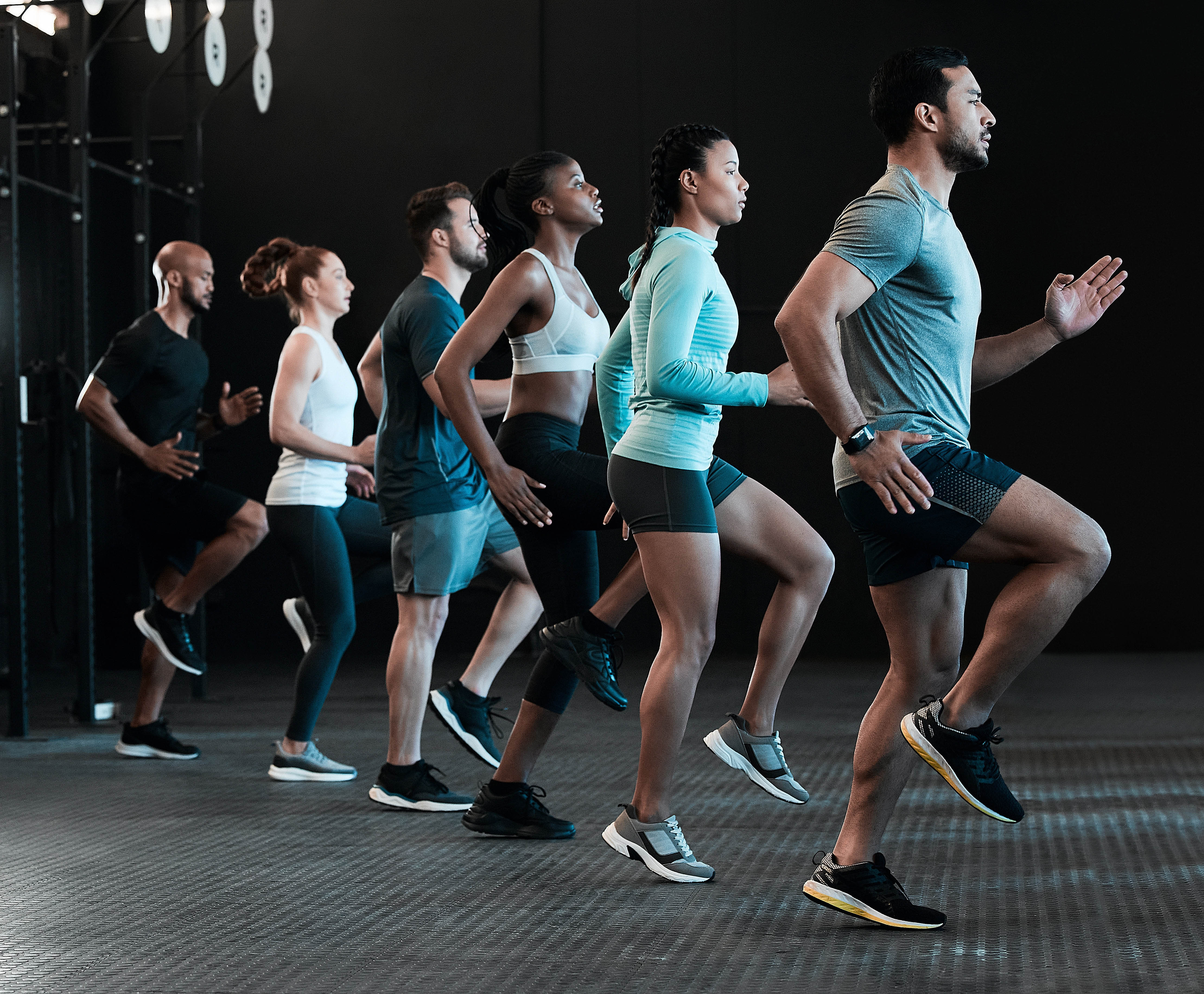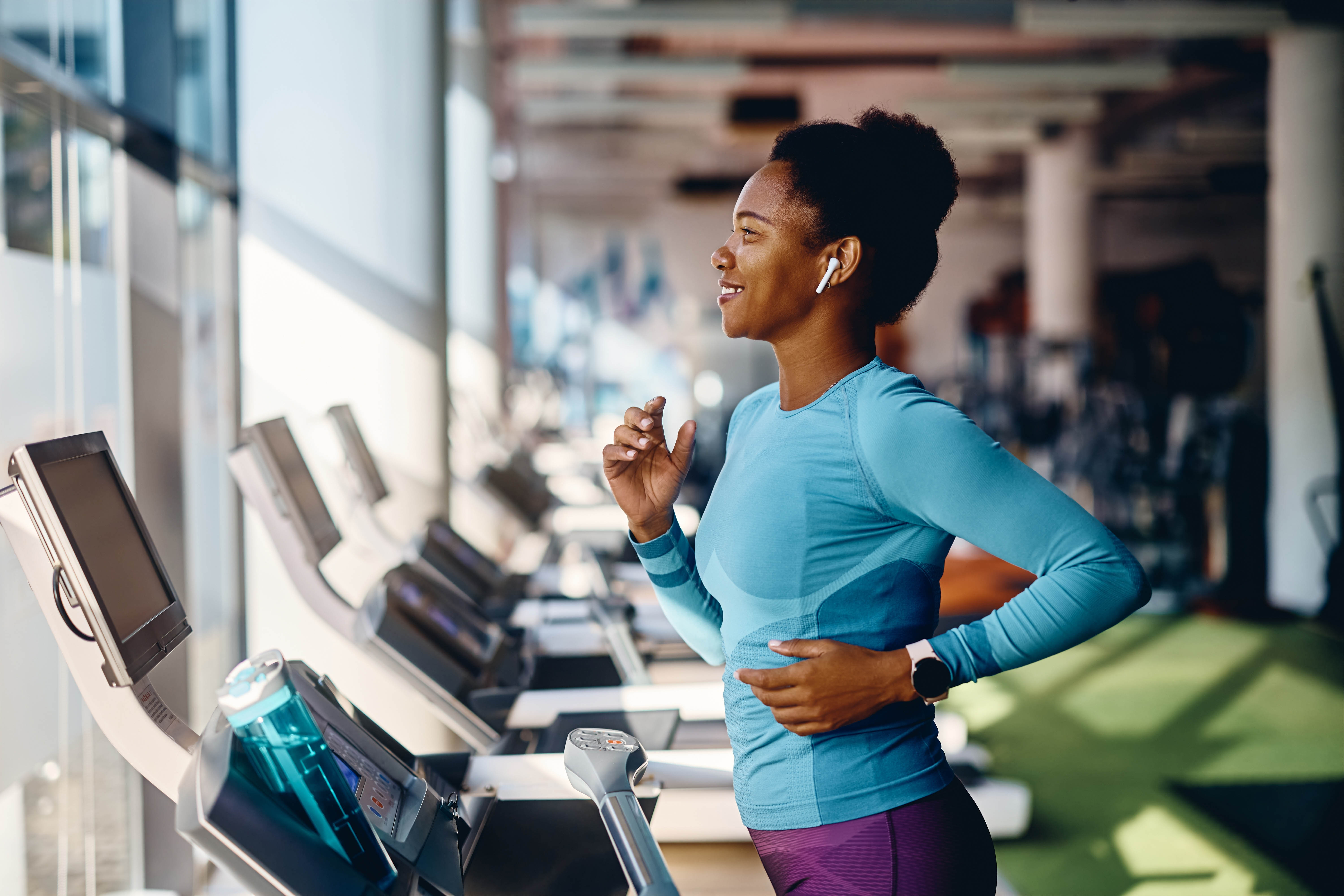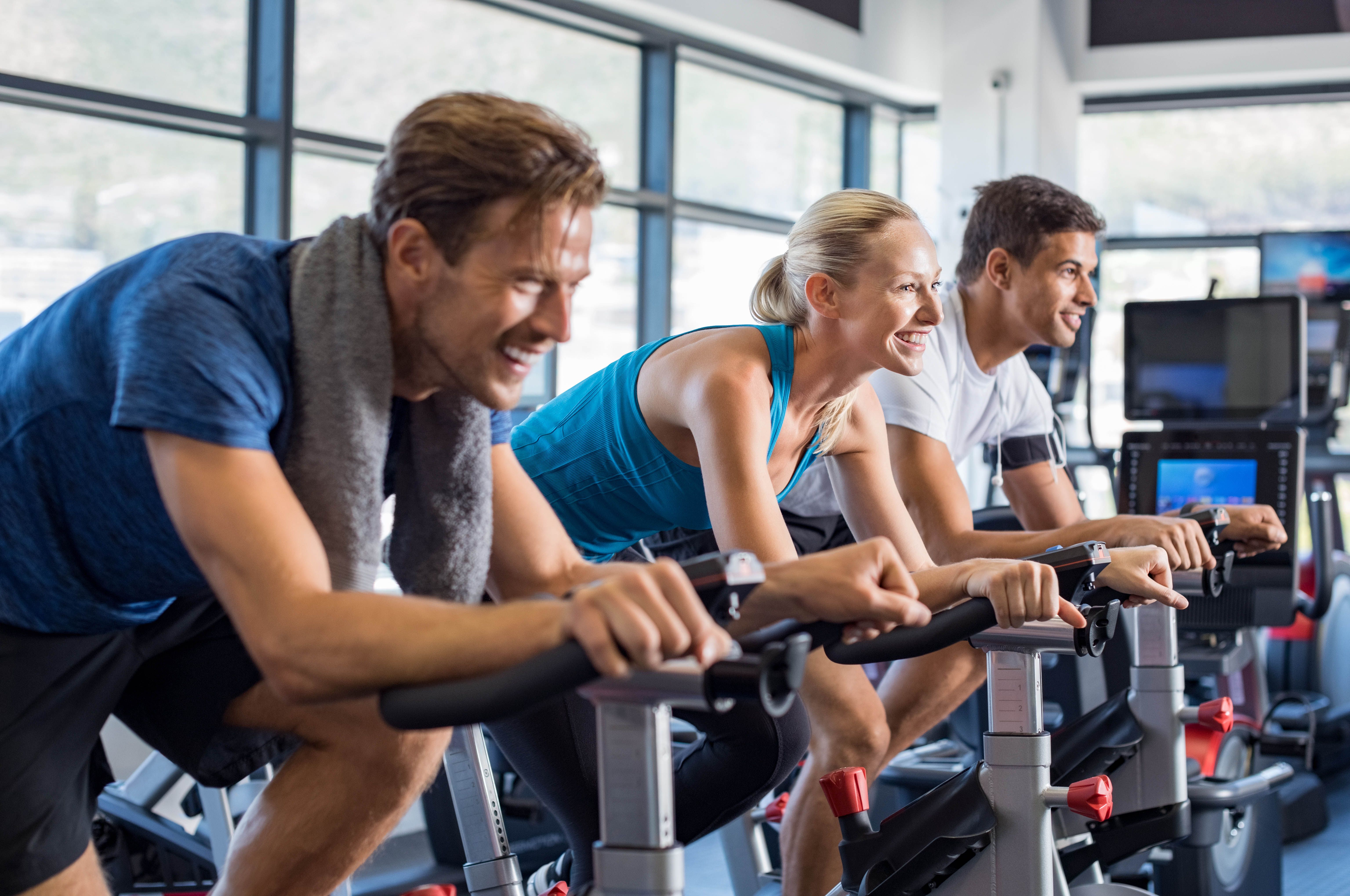Exercise Inside or Outside?!?
Living Well

Written by: Meg Sharp, MSc., Fitness & Well-Being Consultant, Cambridge Group of Clubs
Exercising outside offers so many unique benefits. A positive boost to your mood being particularly salient these days.
But how can we weigh the mental, emotional, and physical health benefits of outdoor workouts against the discomfort and sometimes danger of crushing heat and humidity as well as the negative impact of poor air quality?
As with many things in life, there are a number of different variables we each need to take into account.
Here is our best thinking on the topic:
- Don’t skip your workout. When in doubt, take it inside. All three of our pristine Clubs are air conditioned and well-ventilated with carefully filtered air.
- Hit the trails! The canopy of all those trees brings the air temperature down. Walking or running on variable, dynamic ground is great for training agility, reaction time, strengthening ankles and feet! The extra mental focus required is associated with increased levels of brain derived neurotrophic factor (BDNF) known to boost mood, memory, and cognitive function!

- Plan ahead and get up early! Temperature is lower and air quality is typically better earlier in the day while the earth and air are relatively cool.
- Keep it shorter, calmer, or both. You can mitigate the discomfort and risk of exercising in the heat by keeping your workout short. Similarly, lowering the intensity – think power walk instead of running – may be better as your core temperature will rise less and your respiration rate and volume will be lower. Specific to managing air quality, our nose is a better filter than our mouth. Lower intensity exercise tends to allow for nasal breathing while more vigorous bouts typically require an open mouth to provide sufficient oxygen.
- Hydrate well beforehand, during, and after.
- Listen to your body: If your heart rate is staying too high, you’re feeling way too hot, dizzy, or unwell, it’s time to slow down.
- Back to point one: Don’t skip your workout – come to the Club!
As many benefits as we can cite for exercising outside, we can list even more for exercising in the Club!

Exercising at the Club comes with the added bonus of friendly interactions with our staff and your peers. That social interaction, no matter how small, is so good for the soul!
Nothing – I’m sorry, NOTHING – beats strength training with all the awesome toys and tools we have carefully curated throughout each of the Clubs. More variety, more intensity, MORE FUN.
High energy music, remarkably motivating coaches, and like-minded exercisers: Our Group Exercise Classes are led by some of the most talented instructors in Toronto.

Knee friendly Hill Workouts. Right?! Running uphill is fantastic for adding strength and power to your running and your legs. Running downhill? It can be hard on those knees! Doing your hill repeats on one of our state-of-the-art treadmills, offers only the upside to your training!

Cycling workouts based on science. We can measure and therefore train you based on your own Functional Threshold of Power (FTP). That means we can help you develop more power and stamina, burn more calories, and improve your anaerobic capacity. All this without having to worry about a car getting too close…

In a nut shell, exercising in our Clubs is going to be more effective, safer, and so much FUN!!!
See you there later today?
2282